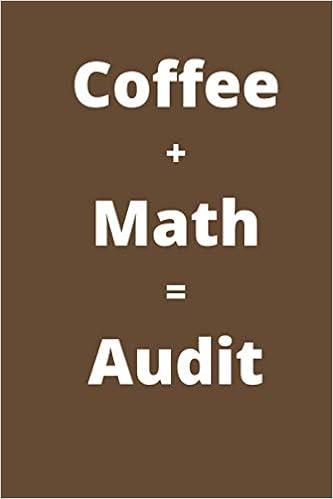eust pricing. pcitttagC tmg tad) austl plIO-cust pEIeing and (D) Variabie- E9.33 (LO 3, 4) Information for Caan Corporation is given in E9.22 Calculate various amounts using absorption-cost pricing and variable-cost pricing. Instructions a. Calculate the markup percentage and target selling price using absorption-cost pricing. (Round to three decimal places.) b. Calculate the markup percentage and target selling price using variable-cost pricing. (Round to three decimal places.) Problems: Set A 3p9.34A (LO 2) Auto Glass Company (AGC) manufactures and sells windshield products. AGC entered into a one-time contract to produce an additional 1,000 windshields for the local public transit authority, at a price of "cost plus 20%." The company has a plant with a capacity of 9,000 units per year, but normal production is 4,000 units per year. The annual costs to produce those 4,000 units are as follows: Use ces p various Materials Labour $200,000 320,000 120,000 Supplies and other variable indirect manufacturing Fixed indirect costs (allocated based on normal capacity) Variable marketing costs Administrative costs (all fixed) Costs 160,000 40,000 80,000 an examination question. Adapted with permission of the Chartered Professional Accountants of Canada, Toronto, Canada. Any changes to the original material are the sole responsibility of the publisher and have not been reviewed or endorsed by the Chartered Professional Accountants of Canada. This item was originally published by the Certified General Accountants Association of Canada (CGA Canada) as After completing half of the order, the company billed the authority for $138,000. However, the transit authority's purchasing agent then called the president of AGC to dispute the invoice. The purchasing agent stated that the invoice should have been for $96,000. Instructions as deter- a. Calculate the components of the "total cost" unit price charged to the transit authority, mined by AGC b. Calculate the components of the "variable manufacturing cost" unit price that should have been charged, as determined by the transit authority's purchasing agent. c. What price per unit would you recommend? Explain your reasoning. (Note: You do not need to limit yourself to the costs selected by the company or by the agent.)








